The True Ramifications of the Choice Scholarship Program on the Indiana Public School System
The 2011 implementation of Indiana’s Choice Scholarship Program, also known as the voucher program, has been one of the most controversial policies ever executed by the Indiana Department of Education. Although the program refers to vouchers as “scholarships” that allow students to attend the private or religious school of their choice, the money awarded to eligible families is directly subtracted from funds that would otherwise be used to support their local public school districts. The Department of Education advertises that the voucher program is “committed to providing all children access to quality educational opportunities”. On the contrary, it is detrimental to the majority of Indiana’s children, because it is financially crippling the already deteriorating Indiana public school system.
The Choice Scholarship Program deprives a malnourished public school system of crucial funding. According to the Department of Education’s 2018-2019 annual report, over 160 million dollars of public school funding were distributed as vouchers. This means that, in Indiana, a state where the average teacher salary is over 10,000 dollars below the national average, over 16,000 public school teachers’ salaries could be raised on par with the national average by eliminating the voucher program alone. Indiana also offers the lowest percentage for a pension plan in the nation at 1.1% of the teachers’ salary for each year of service. Funding for the voucher program should be reallocated to invest in public schools, creating a quality system of education that does not force families to seek enrollment in private institutions.
The Department of Education claims that the voucher program benefits students who have never had the option of attending a private school. According to the eligibility requirements outlined in the annual report, participants must have completed at least two semesters of their K-12 education in a public school. However, the facts cast doubt on these claims. 58% of the 36,290 participants in the 2018-2019 school year had no record of attending a public school. One of the loopholes in the law allows enrollment in a public school kindergarten to satisfy this requirement, meaning that vouchers are awarded to students who have never truly experienced or had the chance to succeed in the public school system. The Choice Scholarship Program does not prioritize awarding vouchers to those who have an unsuccessful history with public schooling, but provides these opportunities to those who do not even qualify for the program.
Advocates of the Choice Scholarship Program claim that it is supposedly aimed at providing alternative schooling options to low-income and minority families. However, the majority, 58%, of the participants are white, and the percentage of black participants has decreased each year. Further, according to research conducted by NPR news, “Recipients are also increasingly suburban and middle class. A third of students do not qualify for free or reduced-price meals”. Although the voucher program also claims to be committed to assisting at-risk students from escaping underperforming schools, “fewer than 1 percent of voucher students used a pathway, written into the law, that’s meant specifically for students leaving failing schools”. Additionally, according to the annual report, a family with an annual household income of 188,774 dollars is eligible for a scholarship under this program. The Choice Scholarship Program is not consistent with its advertised objectives and policies of inclusion, and uses government funding to help people who are more financially stable than public school teachers.
The Indiana Choice Scholarship may seem like an initiative to provide better educational opportunities to underprivileged students, however, the data proves otherwise. Although the voucher program is ineffective in accomplishing its goal of extending educational equality, the true problem lies within the philosophy of this approach. Awarding funding to a small percentage of individuals to escape the failing public school system does not produce effective and widespread change. The only solution to improving the education of all students is financially investing in and committing to bettering the Indiana Public School System.
Your donation will support the student journalists of The Tower and John Adams High School. Your contribution will allow us to purchase equipment and cover our annual website hosting costs.

Ellie Graff is a senior, now in her 2nd year of being a part of the newspaper. She writes articles on fashion along with other pieces on life in South...


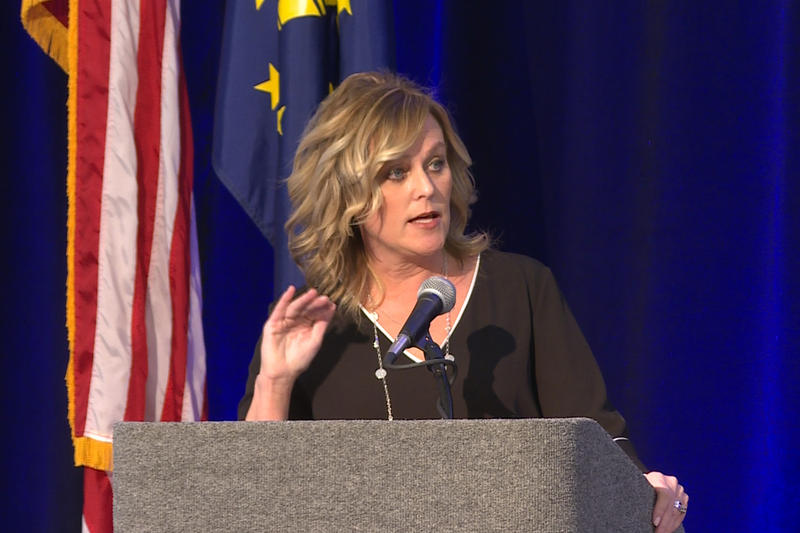


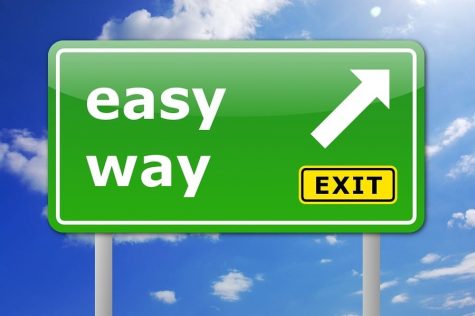
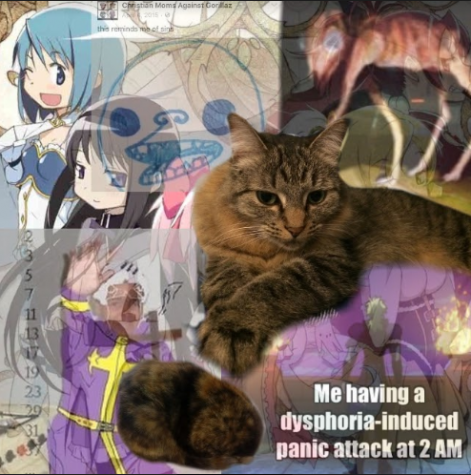

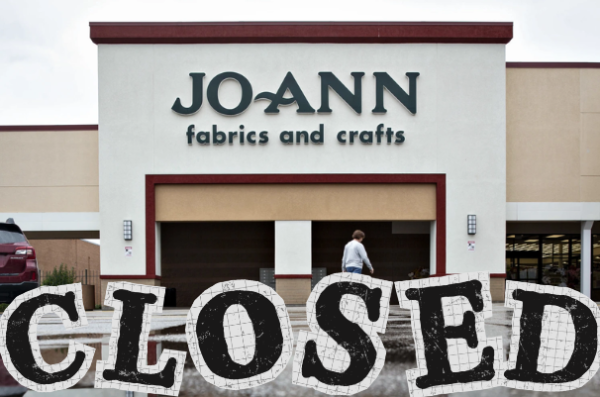
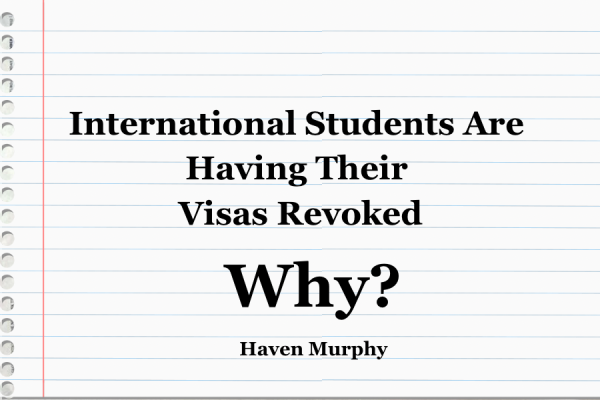

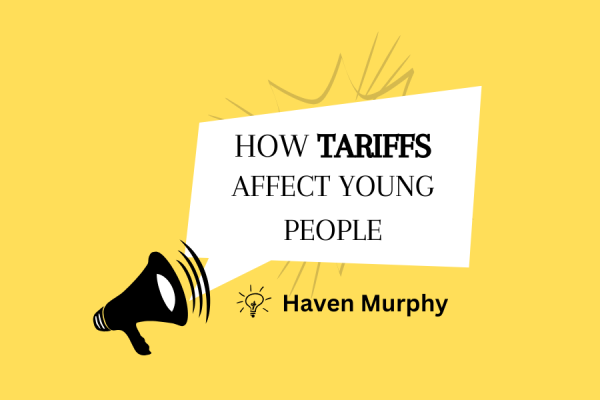

Joe Crimmins • Jan 25, 2020 at 11:35 pm
Nice work Elle in analyzing the facts and conveying them in an understandable, easy to read way. #AdamsEaglesProud
Kate Lee • Jan 25, 2020 at 11:32 pm
Great article! It’s important for all students and our community to really work to understand the negative impact of the policies/programs our elected officials continue to pass/expand. We ALL must step up for our public schools!
Don Wheeler • Jan 25, 2020 at 6:37 pm
You might find the Michiana Advocates for Public Education Facebook page interesting.
Laurie McGowan • Jan 25, 2020 at 6:37 pm
Kudos for a well-researched, high-impact article on a very important topic! I hope that it will stimulate thoughtful discussion.
Don Wheeler • Jan 25, 2020 at 6:13 pm
Really good take on the program. I work on these issues all the time, and you show a real understanding of the issues involved.